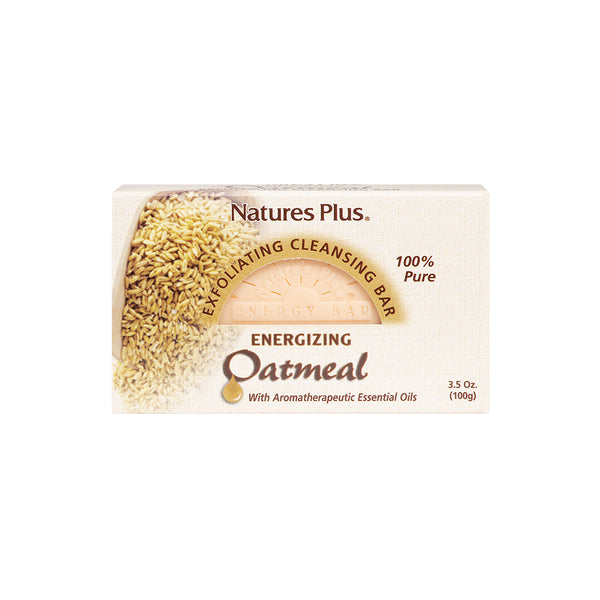You had heard the stories about newborns and sleep-deprived parents before your child arrived. Now, with a baby sleeping only three hours at a time, you know they’re all true.
Fortunately, it gets better: Your child’s body clock should eventually start falling into a more predictable rhythm.
“Most babies don't start sleeping through the night (six to eight hours) without waking until they are about three months old,” say the experts at Stanford Children’s Health. “About two-thirds of babies are able to sleep through the night on a regular basis by six months.”
The sooner you establish a regular sleep schedule, the better for both baby and you. Here are some ways to make that easier.
Create a Safe Sleep Environment
It seems that babies can sleep anywhere, but that doesn’t mean you should let them do so.
If your baby falls asleep somewhere like a stroller or car seat, “don’t allow him or her to stay there for a long period of time,” says certified child sleep consultant Alysa Dobson. “A crib, cradle or bassinet is a safer place for your baby to sleep.” She advises always placing your baby on her back for both naps and bedtime.†The information provided is not an endorsement of any product, and is intended for educational purposes only. NaturesPlus does not provide medical advice and does not offer diagnosis of any conditions. Current research on this topic is not conclusive and further research may be needed in order to prove the benefits described. The conditions and symptoms described may be indicative of serious health problems, and therefore should be brought to the attention of a qualified healthcare practitioner.
That crib or cradle shouldn’t be cluttered, either. Except for the mattress and fitted sheet, “your baby’s crib should be completely empty,” Dobson says. “If a blanket is needed, infants are safest with a thin, lightweight and breathable blanket.” In addition, the room should not be overly warm.
Pick Up on Your Child’s Sleep/Wake Cues
As your baby enters into a wakeup/naptime/bedtime pattern, learn the signs that your child is becoming drowsy and put him down for a nap or to bed then, not after he’s already fallen asleep. This idea is for baby to learn how to fall asleep on his own instead of simply drifting off in your arms.
“You want to make sure that your baby is aware of what is going on,” says child sleep consultant Deborah Pedrick.
Establish a Simple Pre-Sleep Ritual
Want to signal that it’s sleepytime while building a stronger bond with your baby? Try rocking, massaging or gently patting your child as he becomes drowsy, then put him down just as he’s starting to nod off.
Feeding baby as part of his nighty-night routine may help. You can also try singing lullabies or reading stories to your child.
Set a Daytime Schedule
Infants will nap four or five times a day for varying lengths of time, but don’t assume that just because your child wakes up that she might not drift off again. “For those ultra-short naps, get into the habit of waiting a bit, maybe five minutes, to just give your baby a chance to put herself back to sleep if she needs to,” advises Pedrick.
Your child’s sleeping pattern should become more regular around four months of age, when you’ll notice her becoming sleepy at particular times during the day. When that happens, Pedrick says “you can start scheduling naps around the clock and only put your baby down to sleep at those optimum times,” up to three times a day.
Eventually Move Bedtime to Early Evening
Dobson also suggests getting baby to bed earlier as time goes on. “Start pushing it earlier and earlier over a couple of months,” she says. “By the time day sleep becomes organized, the bedtime will need to be in the range of 5 PM to 8 PM depending on when the last nap ended.”
It sounds counterintuitive, but an overly tired baby may have a more difficult time falling asleep.
Maintain a Calm Environment Overnight
If you need to change or feed your baby during the night, disturb him as little as possible. “Try not to stimulate or wake him too much,” advises the American Academy of Pediatrics.
Take the same approach if your baby fusses for more than a few minutes in the night: Pat or rub her back until she stops crying, then quietly leave the room. A white noise generator may help muffle unavoidable sounds.
Let In the Morning Light
Opening the blinds in the morning and taking your baby outside during the day helps him learn the difference between daytime and nighttime. At night, make the room as dark as possible.
Realize that Every Child Is Different
You may have a baby who wakes at 6 AM or one who snoozes until 9. As much as you may prefer the latter, you can’t force things—the idea is to work with your child’s schedule and not push her into one.
†The information provided is not an endorsement of any product, and is intended for educational purposes only. NaturesPlus does not provide medical advice and does not offer diagnosis of any conditions. Current research on this topic is not conclusive and further research may be needed in order to prove the benefits described. The conditions and symptoms described may be indicative of serious health problems, and therefore should be brought to the attention of a qualified healthcare practitioner.The information provided is not an endorsement of any product, and is intended for educational purposes only. NaturesPlus does not provide medical advice and does not offer diagnosis of any conditions. Current research on this topic is not conclusive and further research may be needed in order to prove the benefits described.
The conditions and symptoms described may be indicative of serious health problems, and therefore should be brought to the attention of a qualified healthcare practitioner.
Like this article? You’ll love our weekly newsletter
sign up here!
**These statements have not been evaluated by the Food and Drug Administration. This product is not intended to diagnose, treat, cure or prevent any disease.











































































